(Tip: To open the tweet in a new window 'Right-Click' the 'Tweet This Story' text and 'Open link in new tab')
Gas grab and global warming could wipe out Wadden Sea heritage site
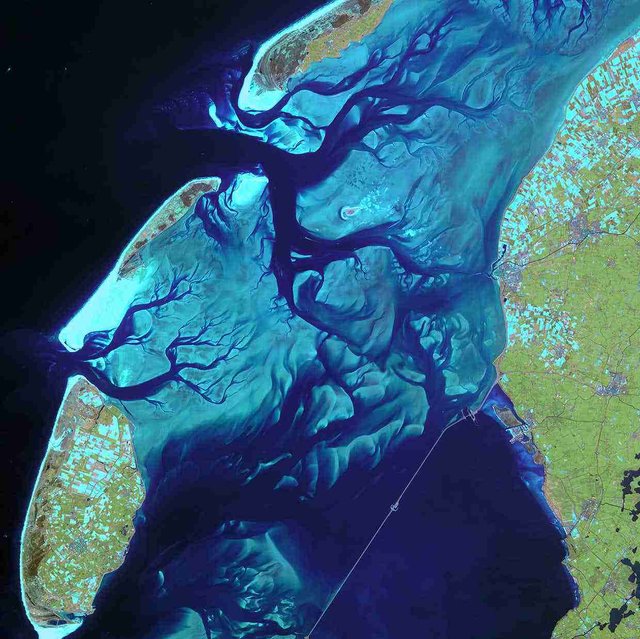
The world’s largest unbroken intertidal system of sand and mud flats could sink beneath the waves by the end of the century due to sea level rise and subsidence caused by gas drills funded by Barclays and other international banks.
The Unesco world heritage site at the Wadden Sea on the Dutch coast stretches over 10,000 sq km. Its saltmarshes, sandy shoals, dunes and mussel beds host millions of migratory birds every year, as well as thousands of basking seals.
But the storm-weathered Frisian coastline may be living on borrowed time. One report this month predicted that it would be submerged by 2100 if current global warming trends and planned gas extractions continue.
“It is more likely that the area will drown than that it will survive,” said Rolf Schuttenhelm, the paper’s author. “The equation is quite simple. If sea level rise and subsidence combined are larger than the maximum speed of sedimentation – and they are – then with time, the drowning of the tidal system becomes inevitable.”
Full story at http://bit.ly/2rN5JMe
UK dormice in danger of extinction as numbers plummet 72 per cent in 21 years
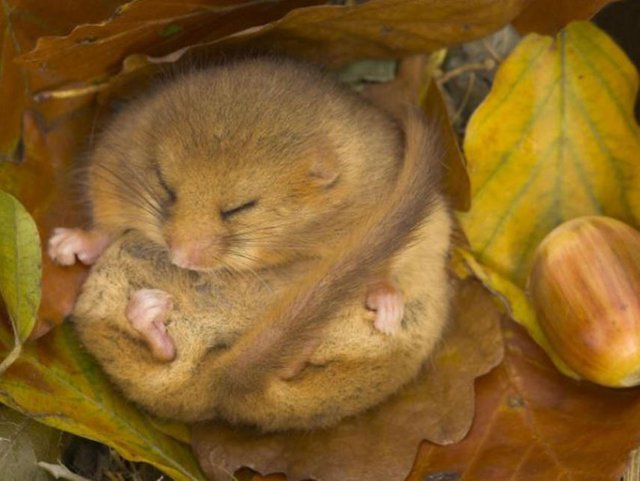
The number of dormice in the UK – described as one of the country’s “most endearing woodland mammals” – has fallen by more than 70 per cent in just two decades and they are now at risk of extinction, researchers have warned.
The hazel dormouse, the only kind native to Britain, is a protected species and efforts are already underway to boost its numbers.
However a survey of 26,000 nest boxes in 400 forests found that its population fell by 72 per cent between 1993 and 2014.
The reasons behind the decline are unclear, but woodland management, habitat loss and climate change are among the possible explanations.
Full story at http://ind.pn/2t5Z4Rn
Crocodile Poaching Booms as Egypt Tourism Crumbles
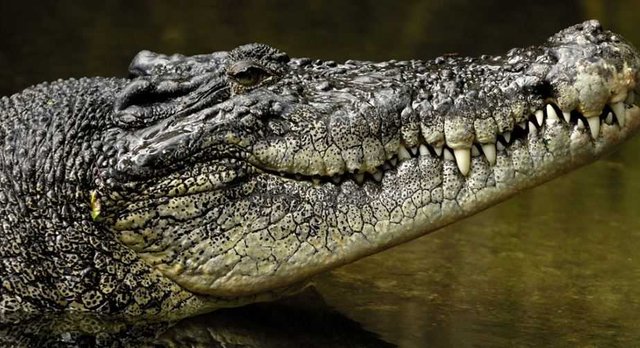
LAKE NASSER, EGYPT - If they’re small, you use the bulk of the boat to hustle them into the shallows, then snag them by hand, Mahmoud tells me. He should know, having spent the past decade poaching the scaly beasts around the southern city of Aswan.
If they’re medium-size, perhaps the length of a kayak, he says (he won’t tell me his family name because of the illegal nature of his work), you noose them with barbed wire traps. And if they’re monsters—up to 18 feet of whiplashing tail, bristling teeth, and relentless aggression—you dazzle them with a spotlight, entangle them in fishing nets, and subdue them with a shot to their exposed underbelly.
“There’s not a crocodile I can’t catch, or a hunting ground I don’t know,” Mahmoud bragged. “I’ve made my life doing this.”
Mahmoud hunts the Nile crocodile, the world’s second largest reptile. Found across much of sub-Saharan Africa, mostly in large lakes and rivers, it’s renowned for its ferocious behaviour.
Full story at http://bit.ly/2t5XSxs
After 42 Years, Yellowstone Grizzly Will Be Taken Off Endangered Species List
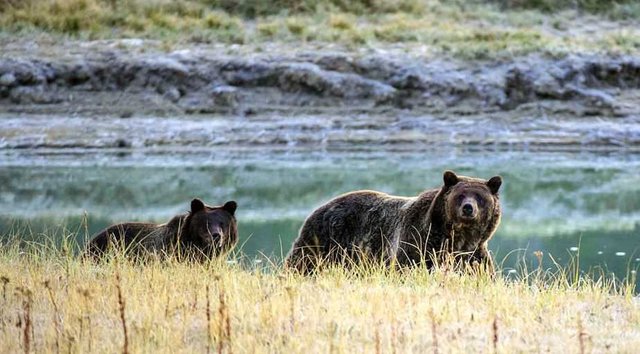
For the first time in more than four decades, the Yellowstone grizzly bear is set to lose its federal protections under the Endangered Species Act. Citing a rebound in the bear's population, the U.S. Department of Interior announced its intention Thursday to end these protections and return oversight of the animal's status to the state level.
The agency says the rule to remove the grizzly from the endangered species list will be published "in coming days" and "will take effect 30 days after publication."
"This achievement stands as one of America's great conservation successes; the culmination of decades of hard work and dedication on the part of the state, tribal, federal and private partners," Interior Secretary Ryan Zinke said in a statement. "As a Montanan, I'm proud of what we've achieved together."
Since those federal protections were instituted in 1975, the Greater Yellowstone Ecosystem grizzly bear population has climbed from 136 to roughly 700, according to the National Park Service. The NPS says the bears — which generally roam in Wyoming, Montana and Idaho — "have gradually expanded their occupied habitat by more than 50%."
Full story at http://n.pr/2t5xTGe
Shrinking whales study could lead to early warning system for endangered species
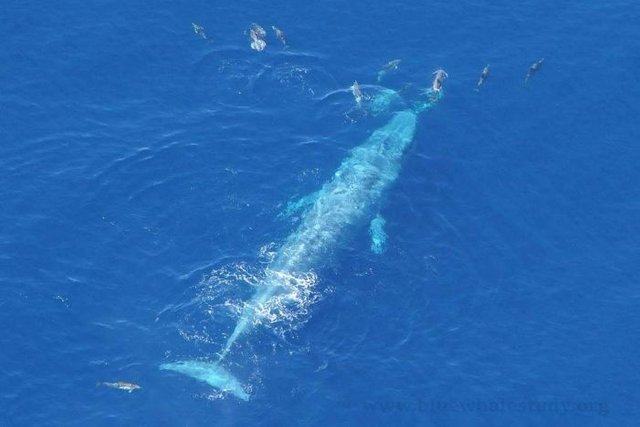
Whales were shrinking in size ahead of a global population collapse last century, new research has revealed, with scientists saying the finding may help them set up an early warning system for other species.
A study from the University of Tasmania and Switzerland's University of Zurich showed that for 40 years the average size of commercially harvested whales was dropping dramatically.
Researchers said it was an early warning sign that the species was in trouble.
Professor Mark Hindell from the University of Tasmania's Institute for Marine and Antarctic Studies (IMAS) said the research looked at records of abundance and body size of four species of whales before the 1985 commercial whaling moratorium.
Full story at http://ab.co/2rN5AIP
Conserve elephants. They hold a scientific mirror up to humans
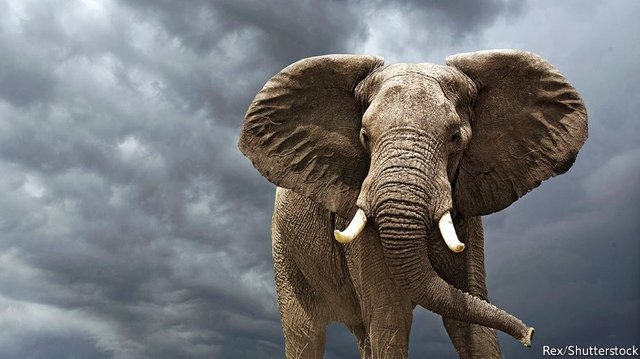
THE symbol of the World Wide Fund for Nature is a giant panda. The panda’s black-and-white pelage certainly makes for a striking logo. But, though pandas are an endangered species, the cause of their endangerment is depressingly quotidian: a loss of habitat as Earth’s human population increases. A better icon might be an elephant, particularly an African elephant, for elephants are not mere collateral damage in humanity’s relentless expansion. Often, rather, they are deliberate targets, shot by poachers, who want their ivory; by farmers, because of the damage they do to crops; and by cattle herders, who see them as competitors for forage.
In August 2016 the result of the Great Elephant Census, the most extensive count of a wild species ever attempted, suggested that about 350,000 African savannah elephants remain alive. This is down by 140,000 since 2007. The census, conducted by a team led by Mike Chase, an ecologist based in Botswana, and paid for by Paul Allen, one of the founders of Microsoft, undertook almost 500,000km of aerial surveys to come to its conclusion—though the team were unable to include forest elephants, a smaller, more reclusive type that live in west and central Africa, and which many biologists think a separate species.
That most of the decline has been brought about by poaching is scarcely in doubt. Seizures of smuggled ivory, and the size of the carved-ivory market compared with the small amount of legal ivory available, confirm it. But habitat loss is important, too—and not just the conversion of bush into farmland. Roads, railways and fences, built as Africa develops, stop elephants moving around. And an elephant needs a lot of room. According to George Wittemyer of Save the Elephants (STE), a Kenyan research-and-conservation charity, an average elephant living in and around Samburu National Reserve, in northern Kenya, ranges over 1,500 square kilometres during the course of a year, and may travel as much as 60km a day.
Full story at http://econ.st/2rMQkM6
Prepared by @SydesJokes
Original post from: http://Blog.CrowdifyClub.com/